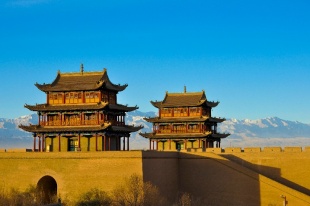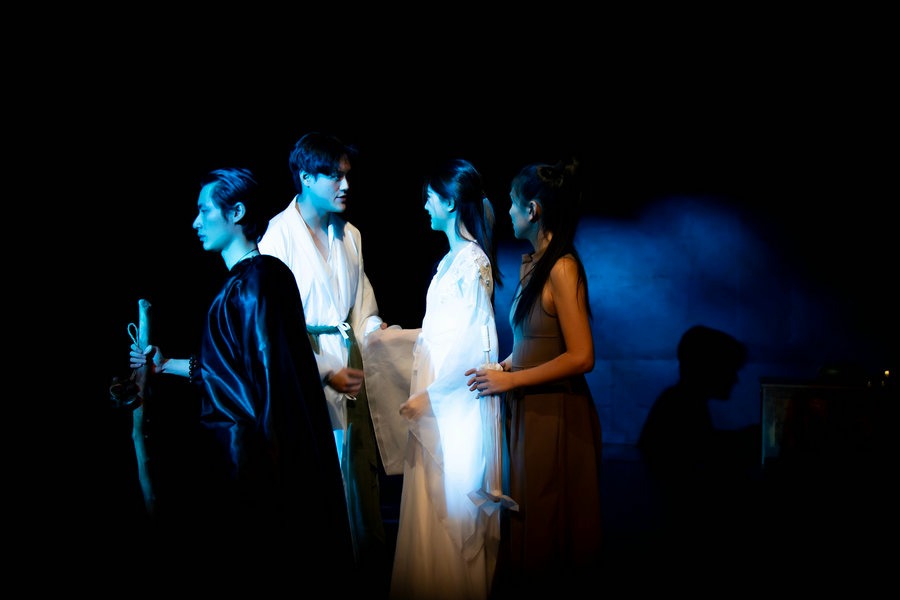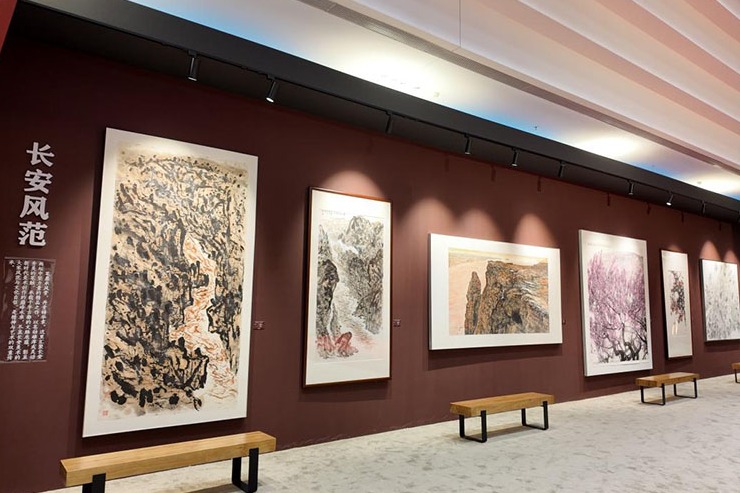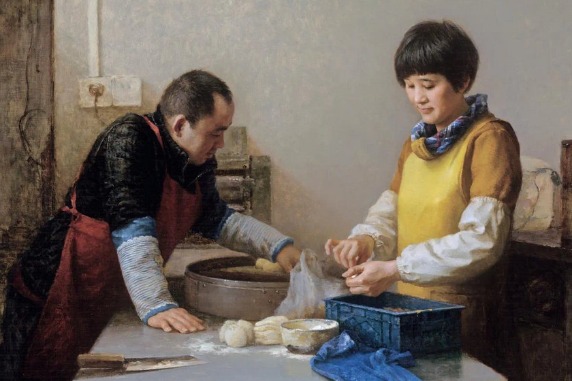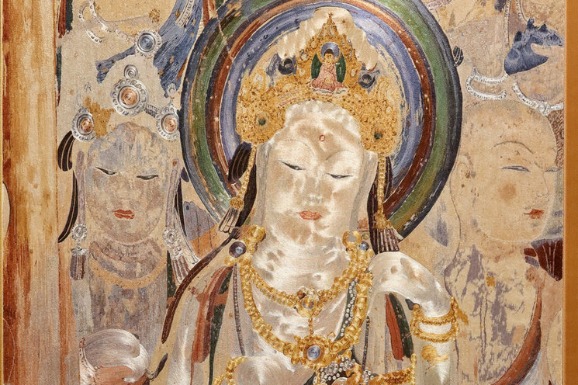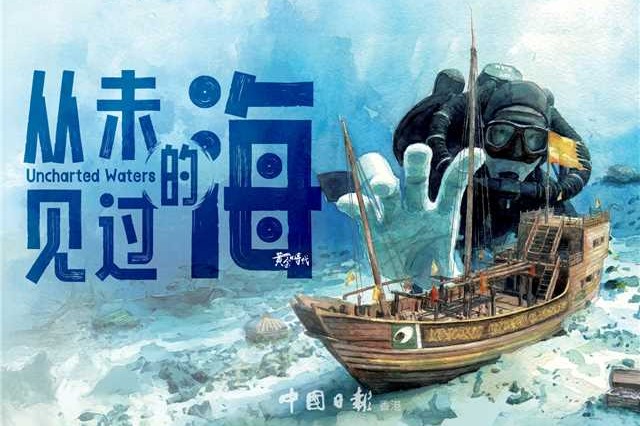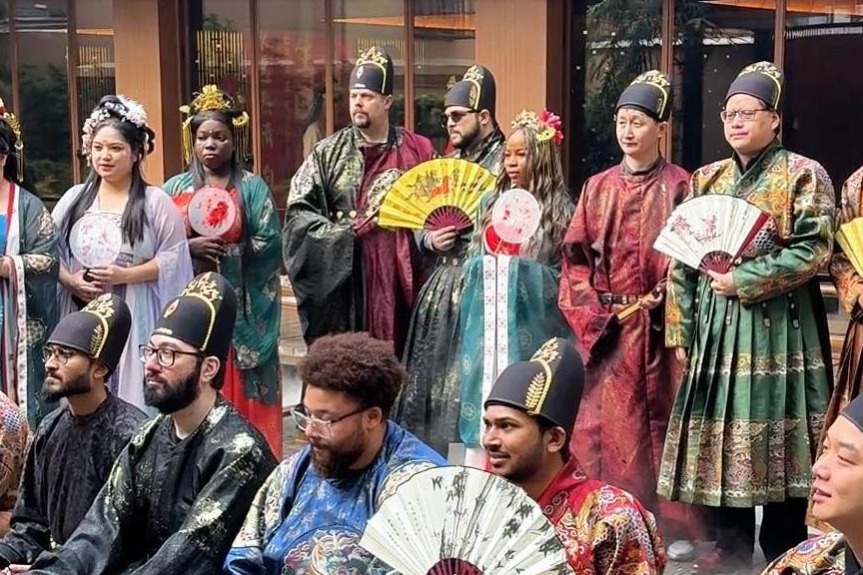Jiayu Pass

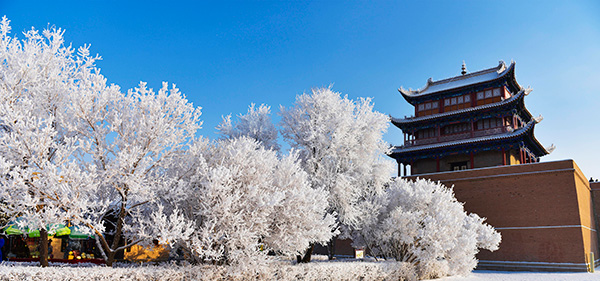
39 meters outside the west gate of the pass are the fortifications made of sands and gravels in shape of crescent. Semi-surrounding the west gate and facing the west, the fortifications are the first line of defense to safeguard the pass. The outer city is on the periphery of the inner city on the east, south and north. It is connected with the enclosure city on the west and has a structure parallel to the inner city on the south and north with gaps in-between. In the meantime, the outer city is also connected with both wings of the pass to form a corner. The outer city walls extend 1,107 meters long and are 3.8 meters high. In earlier years, the outer city had streets, postal stations, and shops. But now only a theater stage, the Wenchang Chamber, and the Guan Yu Temple buildings survive, all located on the east side of the east enclosure city.
A lock gate in the north section of the east wall of the outer city, or the "East Lock Gate", serves as the eastern entry and exit of the pass. A little gatehouse is built on the lock gate, with an inscribed plague reading "Grand Pass in the World". The pass sits in a valley area that is 15 kilometers wide south to north. The valley and the Taolai River on its south make a natural defense of the pass.
With three-layer city walls, multiple lines of defense, and complex structures and moats, Jiayu Pass features a strong military defense system together with surrounding facilities such as the Great Wall, trenches and piers. It has served as the most important military port along the Ming Dynasty Great Wall in west China. In addition to military defense and historic value, Jiayu Pass has also contributed to safeguarding trade exchanges with foreign states as an important hub on the Silk Road.


